5 Meat Cuts Butchers Tend to Keep for Themselves
Walk into any butcher shop and you’ll see the usual suspects displayed proudly behind glass. Ribeyes, filet mignons, New York strips. These are the crowd pleasers that everyone knows. Yet, tucked away in the back or whisked home after a long day, lies the real treasure. These are often called “butcher’s cuts,” because the people who broke down the animal would keep them for themselves and cook them up for lunch, with none of their clients any the wiser. What makes these cuts so special that professionals hoard them like culinary secrets? The answer lies in their perfect balance of incredible flavor, surprising tenderness, and wallet-friendly prices.
These days, with all you savvy consumers out there, it’s harder for us butchers to keep any secrets — so we might as well put it all out on the proverbial table. Smart home cooks are starting to discover these hidden gems. Yet many remain largely unknown to the general public, creating opportunities for those willing to venture beyond the conventional.
The Hanger Steak – The Original “Butcher’s Steak”
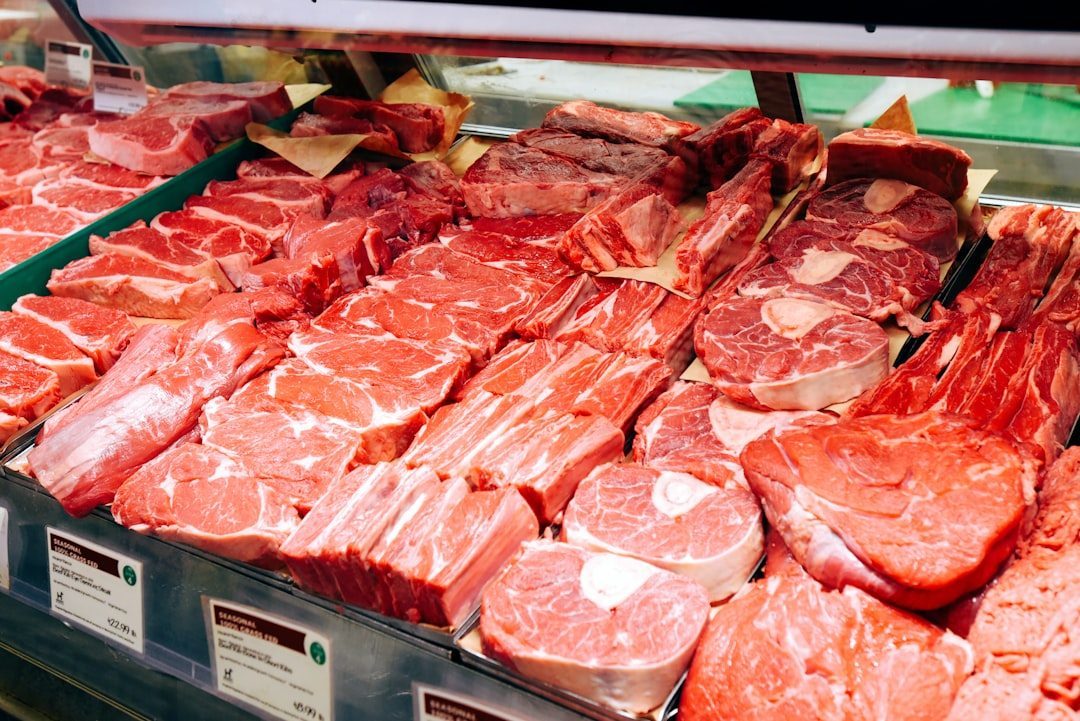
The hanger steak earned its notorious reputation as the ultimate insider’s secret. It’s often referred to as the “butcher’s secret,” as butchers used to keep this cut for themselves because of its superior taste and texture. Hanger steak gets its name from its location on the cow, hanging from the lower belly between the loin and the rib. As there is only one hanger per animal, it has long been nicknamed ‘butcher’s steak’ as it was said that the butcher would secretly keep this cut for themselves.
This cut delivers remarkable value for money. The reason restaurants buy it up before consumers can get it from the butcher. The reason this cut is so desirable is that it is incredibly tender, flavorful, and versatile – you can use it in a wide variety of dishes. If you do manage to find it, many experts recommend cooking it no more than medium temperature because of its tenderness and fine texture. Hanger is a tender and juicy cut of beef with a rich, full-flavoured taste. It also cooks quickly, making it perfect for weeknight meals.
The Flat Iron Steak – Hidden Chuck Perfection
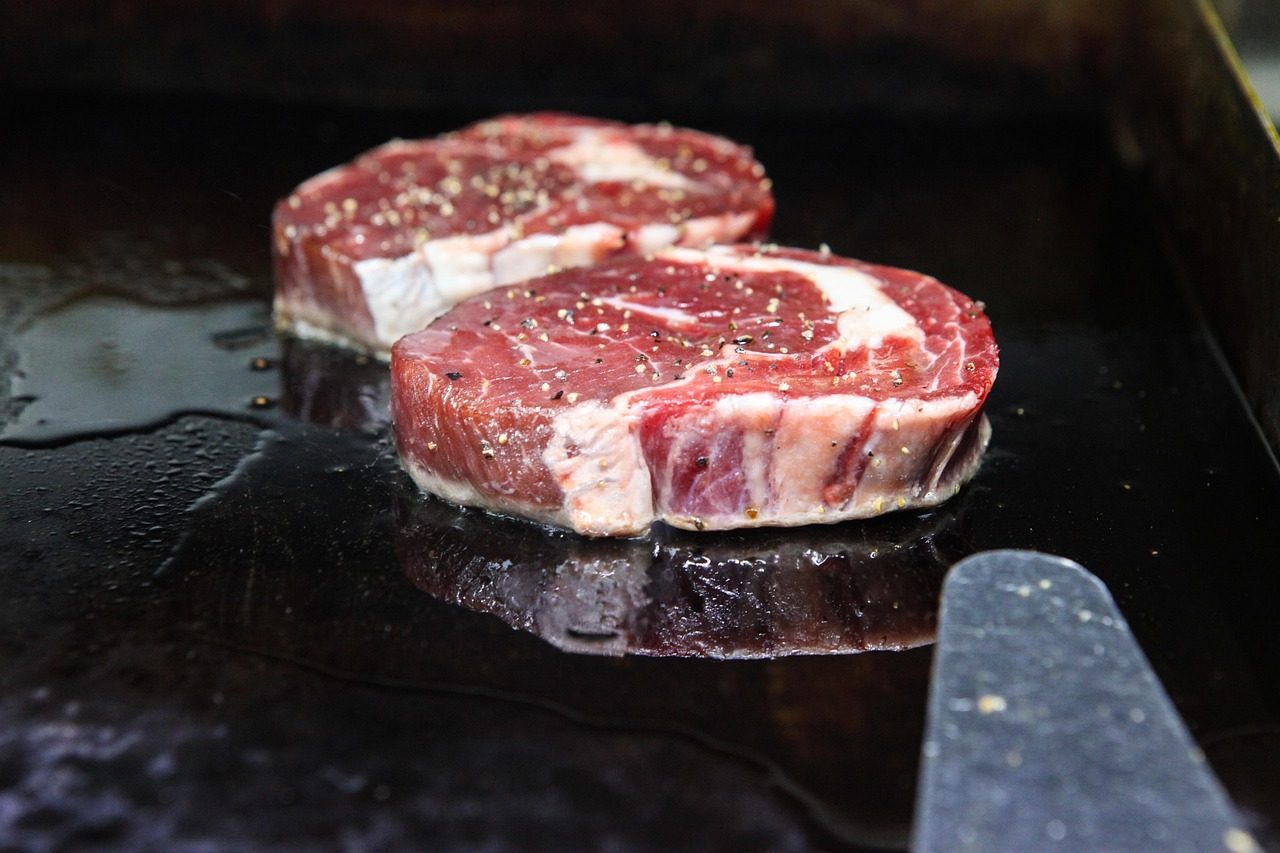
Flat Iron Steak may be the best-kept secret in the meat industry, with butchers and beef experts having long favored it for its incredible tenderness – it is a close second to filet mignon. Flat Iron is extremely tender, ranking among the more tender cuts available, with no connective tissues and very fine grain, possessing rich marbling making it amazingly buttery and juicy. Named after its resemblance to an old-fashioned metal flat iron, flat iron steak is another lean and tender steak option that butcher’s like .
The flat iron comes from an unlikely source of tenderness. This cut comes from the shoulder area, specifically from the chuck primal, which is normally known for tougher cuts. But the flat iron is different – it’s like finding a diamond in rough terrain. With its uniform thickness, flat iron steak is incredibly versatile – you can sear it, smoke it, grill it, marinate it, use it with a dry rub, slice it up for sandwiches or enjoy it on its own.
Because of its cheaper price point, it has been served in more restaurants lately. To find it, the flat iron is found right under the cow’s shoulder blades, and the rarity comes from the fact that it yields a relatively small amount per animal.
The Picanha – Brazilian Butcher’s Pride
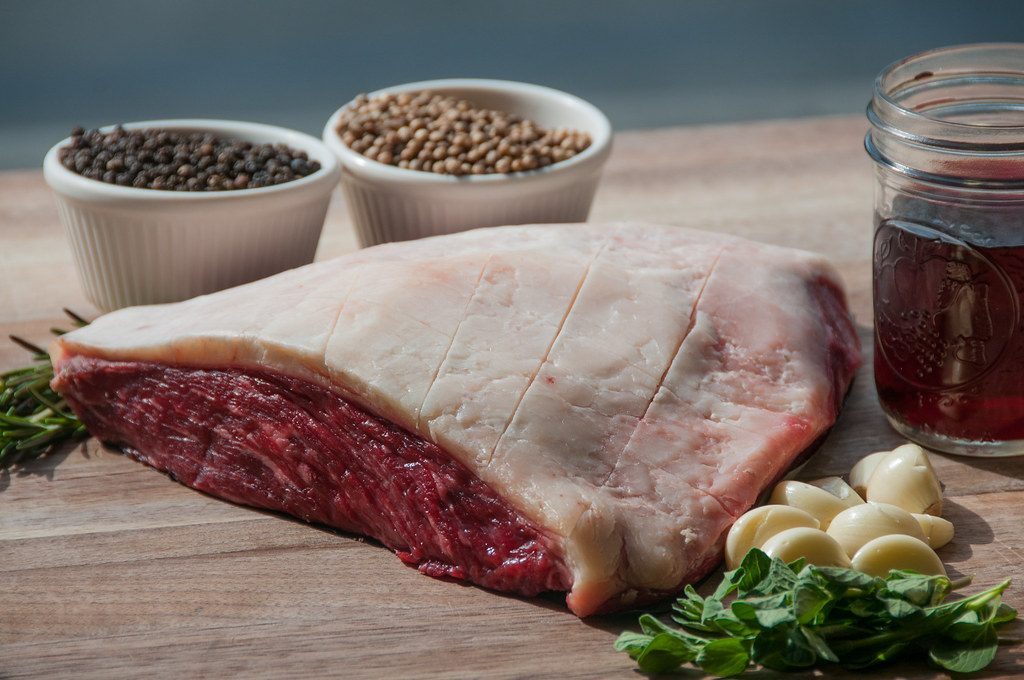
Hugely popular in Brazil, the rump cap or picanha is one of the most flavourful cuts you can find, being a flat, triangular, boneless cut taken from the cap of the top sirloin with a distinctive thick cap of fat. It is a highly prized cut in Brazil, where the name comes from and a nice fat cover is always desirable, with picana being a pole used for herding cattle in Spain and Portugal, and immigrant farmers bringing the name to Brazil.
This cut represents the ultimate insider knowledge. The Picanha is a bit of a secret cut, known to aficionados and surprisingly, unknown to many butchers. This cut represents everything great about butcher knowledge – understanding which parts of the animal deliver maximum flavor. Picanha can be a steal – but only if you find it at a Brazilian butcher or specialty shop, though in mainstream grocery stores, it’s often marked up as a ‘premium cut’. Butchers who understand this cut’s true value often keep it for themselves rather than explain its origins to customers.
The Picanha is actually the cap that sits on top of the Top Sirloin Butt Roast. So, if you have a butcher that deals with Top Sirloin, just ask for the Culotte, which is triangular in size. They can be very difficult to come by, but because of that beautiful fat cap it has, the Culotte is worth the effort.
The Oyster Steak – The Ultimate Rarity
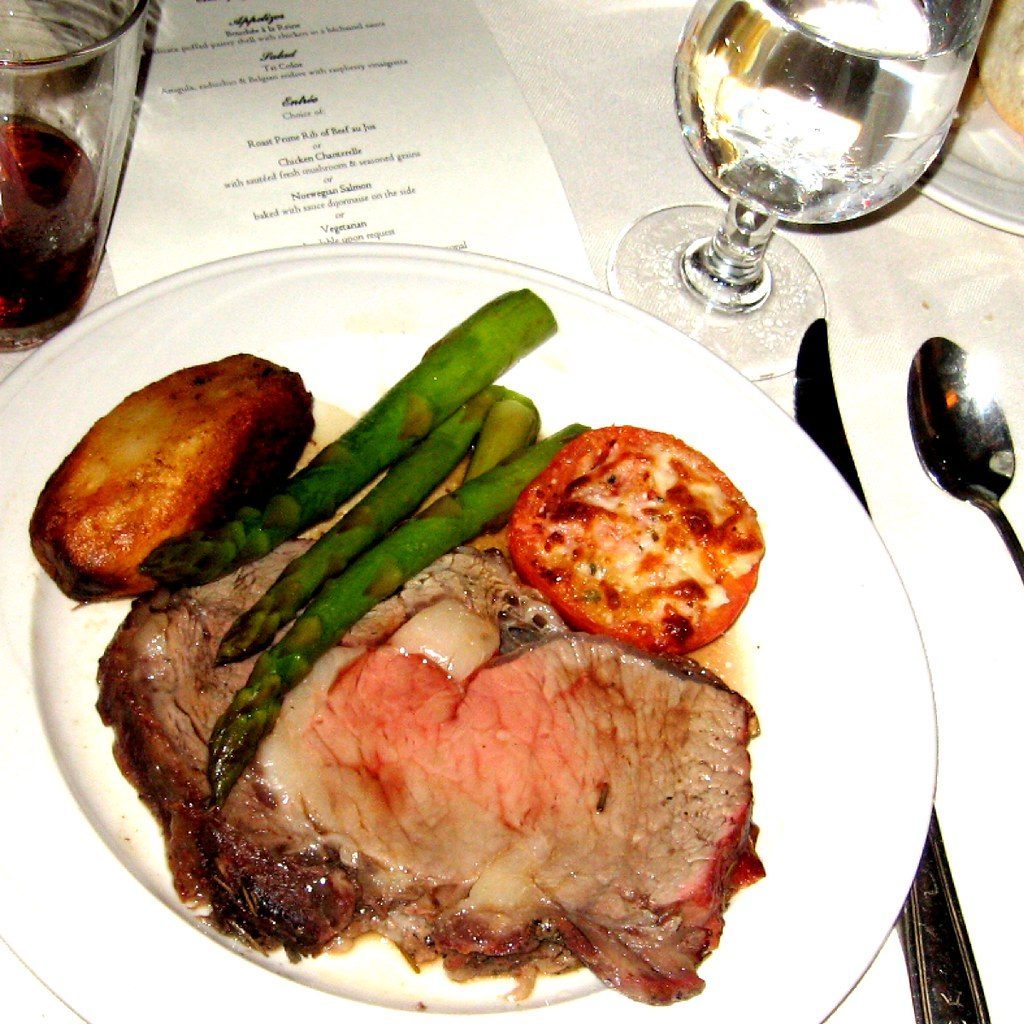
Oyster Steak: also known as Spider steak, is one of those cuts that Butcher’s use . The oyster steak represents the ultimate insider knowledge – you need to understand bovine anatomy to even know this cut exists. There are only two oyster steaks in the cow, and each weighs about eight ounces. It’s the hardest cut for butchers to get to, as it cannot be removed until the entire cow is de-boned, adding yet another layer to why it’s so rare to see.
Oyster – Also known as the spider steak. A small steak cut from a depression in the Aitch bone, or hip bone, there are only two of these per animal. They are loaded with marbling and flavor. Oyster Steak: we cooked this one to be a good medium rare finish, and I have to say it is probably one of the most interesting cuts of beef I’ve ever tried. It was chewy but at the same time tender, I could almost compare it to a NY Strip Steak but with more of a beefier flavor.
The cooking process requires precision due to its small size. They are small and thin, so cook quickly with just a couple minute per side. It is very thin, so it quickly cooks in 30 seconds to 1 minute in high heat.
The Teres Major – The Poor Man’s Filet Mignon
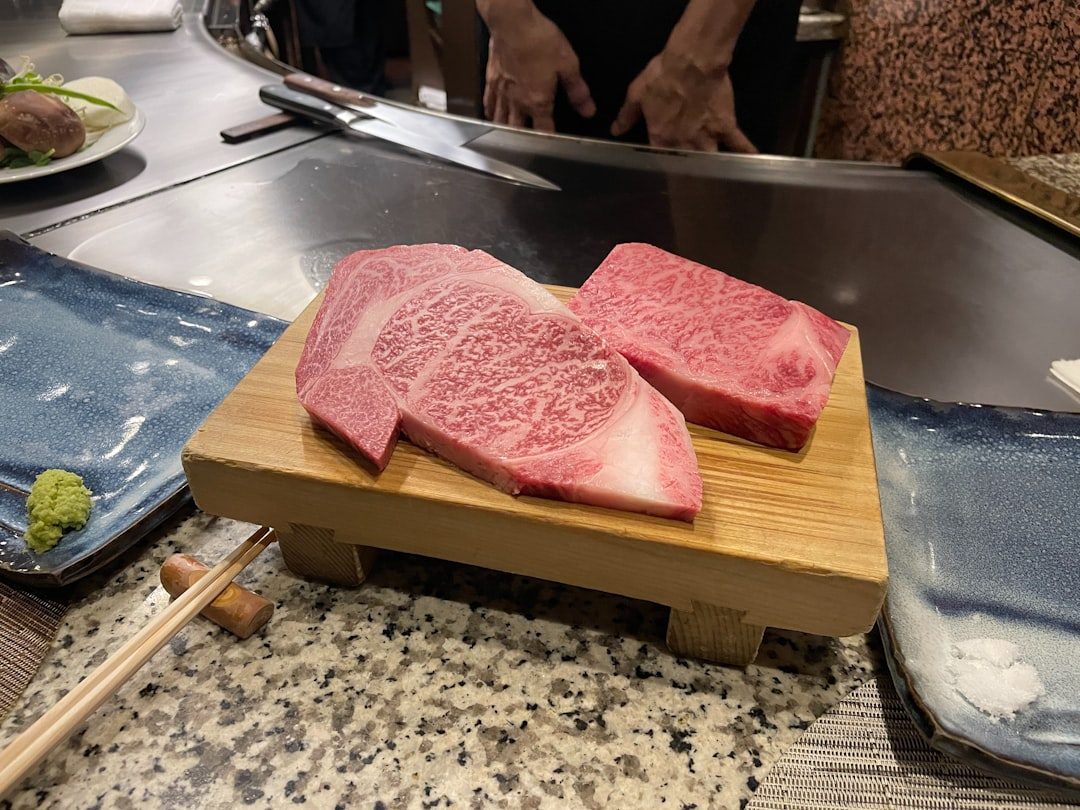
A chef secret for many years, the teres major beef steak (also known as the oyster steak) is an underused cut of beef sometimes used as a substitute for beef tenderloin. If you like hanger steak, flat irons, bavette, and other “butcher steaks” you’re going to love the teres major. Teres major is a fairly rare cut – yields a very small amount per animal according to Porter Road!
The rarity of this cut makes it particularly valuable. The teres major muscle is a lean cut of beef from the chuck section of a cow. It’s located right below the front leg and is mostly known only by skilled butchers. There’s a lot of work that goes into retrieving these small steaks (we get very little from each animal!), but it’s so worth it!
The flavor profile sets it apart from similar cuts. It’s not as tender as tenderloin, but it makes up for it with a much richer beef flavor. This means it gets more blood flow, which helps develop complex, rich beefy flavor with hints of iron like a hanger steak. They’re much cheaper and typically less than half the price of tenderloin, around $8/lb. but this is much cheaper and just as good.
Smart butchers recognize exceptional value when they see it. This is a classic ‘butcher’s cut’ – a hidden gem that you’re unlikely to find at your local grocery store. These five cuts demonstrate why professionals in the meat industry have historically kept the best discoveries to themselves. Each offers unique qualities that rival expensive premium cuts while remaining surprisingly affordable.
Finding these cuts requires persistence and relationships with knowledgeable butchers who break down whole animals. Looking for a butcher shop that cuts up whole cows is the only way to make sure you can get the new cuts listed below. The next time you visit your local butcher, ask about these hidden treasures. What do you think about it? Tell us in the comments.






